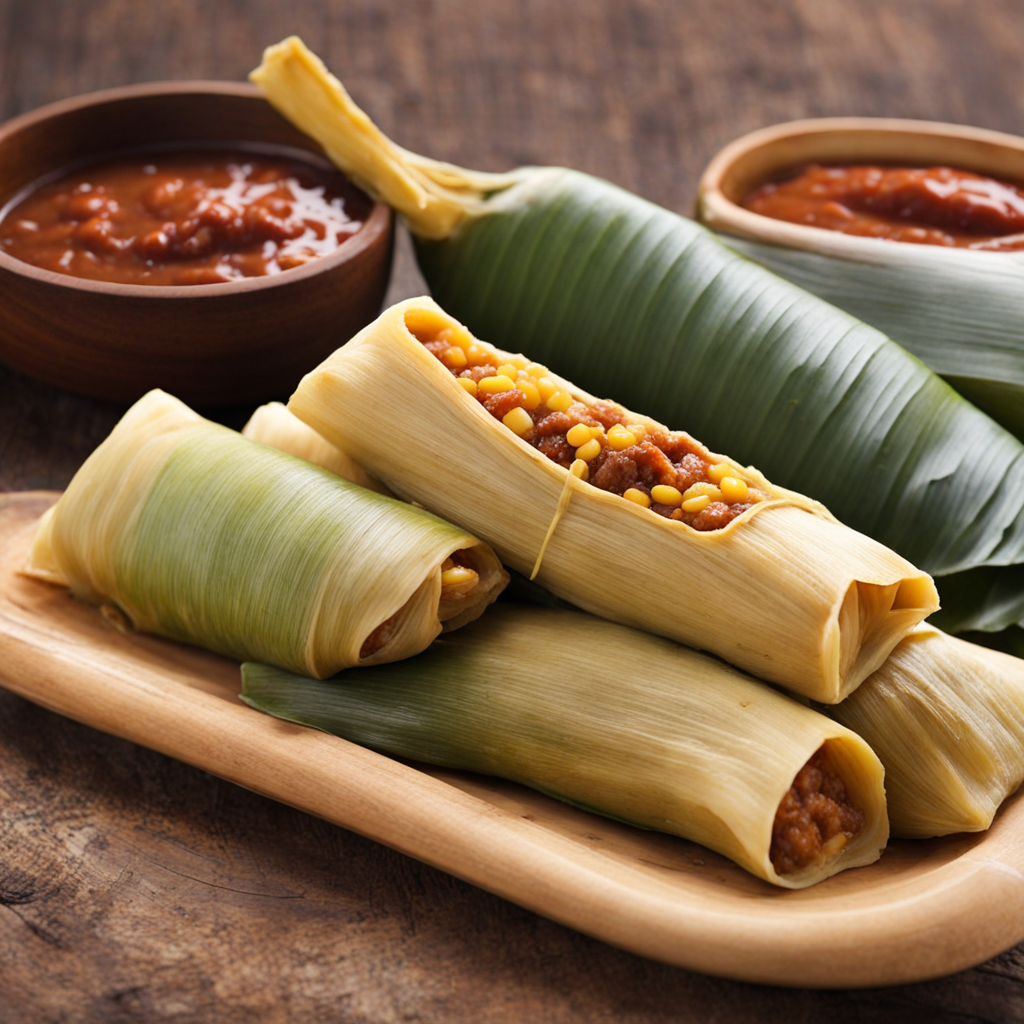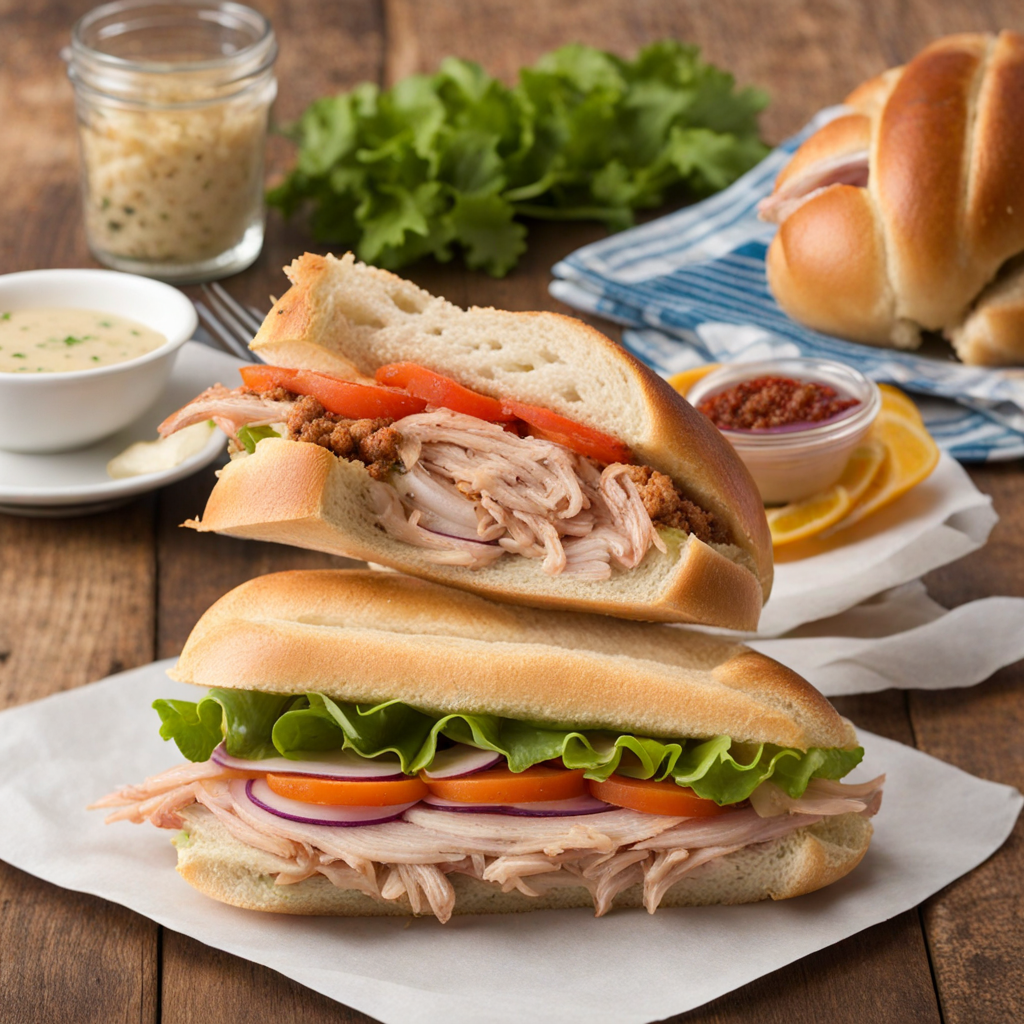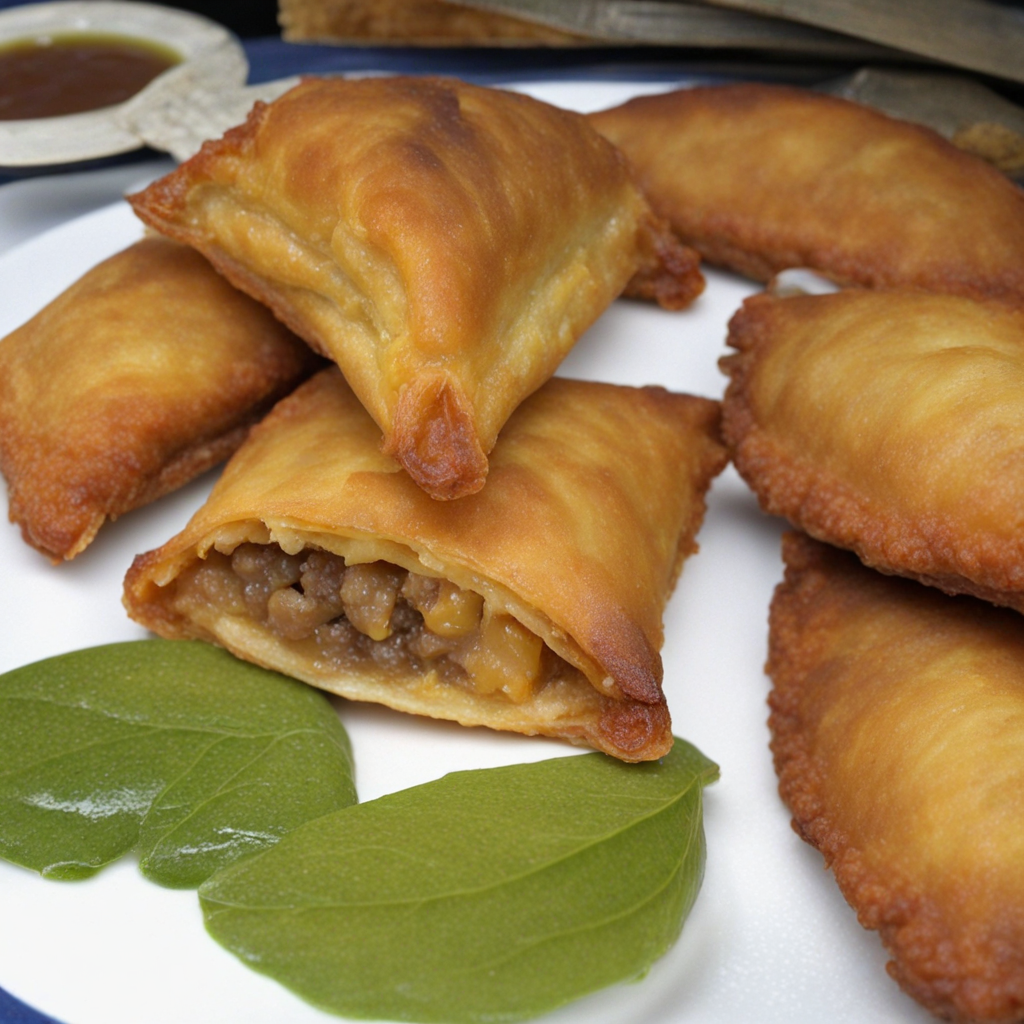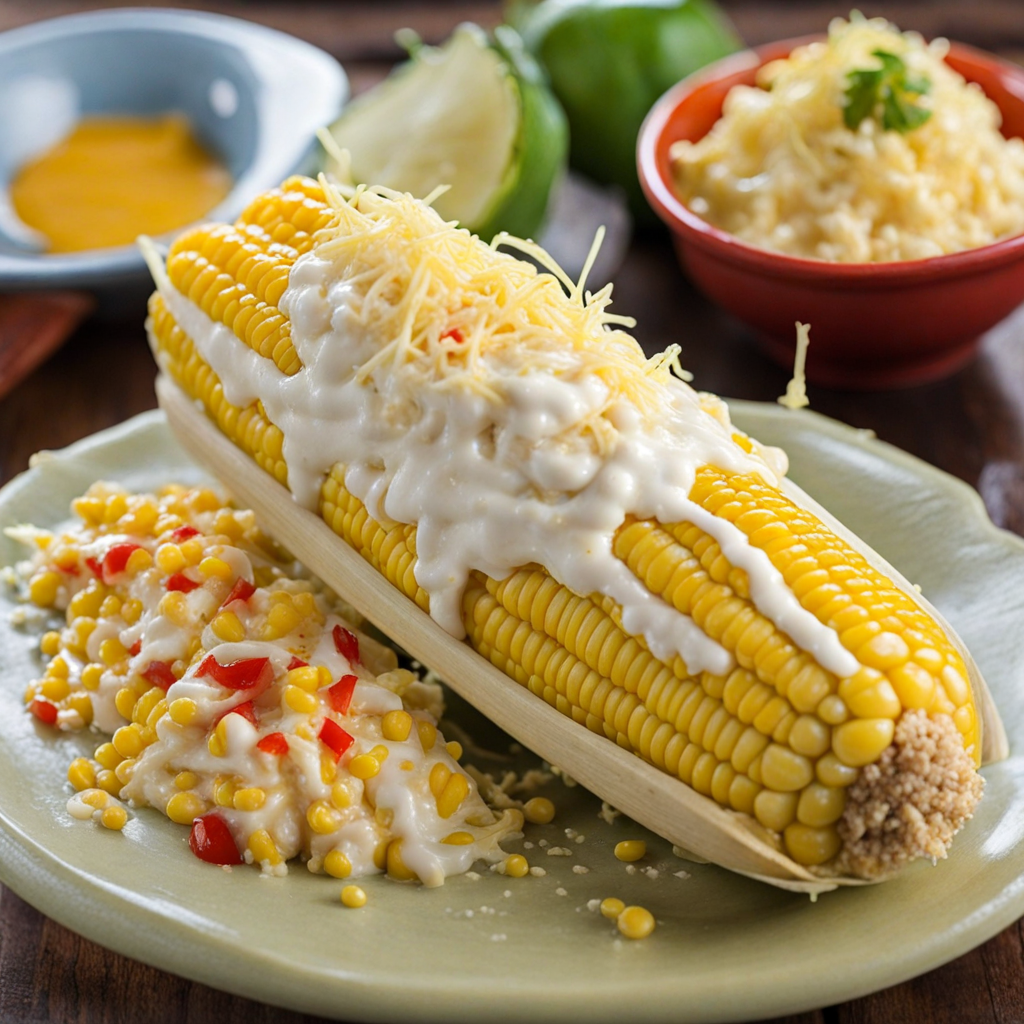Tamales
Tamales are a beloved traditional dish in El Salvador, characterized by their soft, corn-based dough known as masa. The masa is typically made from finely ground corn, which is mixed with lard or vegetable shortening, and seasoned with salt to create a slightly sweet and savory flavor. The dough is then wrapped around a variety of fillings, which can include meats, vegetables, or even sweet ingredients like fruits and chocolate, making each tamale a unique culinary experience. The wrapped tamales are then steamed or boiled in banana leaves, imparting a subtle earthiness to the dish. One of the most popular types of Salvadoran tamales is the "tamale de puerco," filled with seasoned pork, and often accompanied by a rich tomato sauce. Another variation is the "tamale de elote," which uses fresh corn and is sometimes sweetened with sugar, creating a delightful contrast of flavors. The texture of tamales is both comforting and satisfying, with the outer masa providing a tender shell that encases the flavorful filling. The tamales are often served with a side of curtido, a tangy cabbage slaw that adds a refreshing crunch and complements the rich flavors of the tamales. Eating tamales is more than just a meal; it is a cultural experience often shared during family gatherings and celebrations. The process of making tamales is labor-intensive, bringing families together in the kitchen to prepare and wrap them, creating a sense of community and tradition. The aroma of steaming tamales fills the air, inviting everyone to savor the moment. For anyone eager to explore new tastes, tamales from El Salvador offer a delicious journey into the heart of Salvadoran cuisine, showcasing the vibrant flavors and culinary heritage of this Central American country.
How It Became This Dish
The History of Tamales in El Salvador Tamales are a cornerstone of Central American cuisine, particularly in El Salvador, where they are cherished for their rich flavors and cultural significance. These savory treats, made from masa (corn dough) and filled with a variety of ingredients, wrapped in corn husks or banana leaves, have a history that intertwines with the region's indigenous roots, colonial influences, and contemporary culinary practices. #### Origins The origins of tamales can be traced back to the ancient civilizations of Mesoamerica, particularly the Maya and the Aztecs, who utilized masa as a staple food. It is believed that the concept of tamales emerged around 5000 BC, when the indigenous peoples began to wrap food in corn dough and cook it in various ways—steaming, baking, or boiling. The word "tamale" itself is derived from the Nahuatl term "tamalli," which means "wrapped." These early tamales were often filled with meats, beans, and vegetables, providing a portable and nutritious meal for warriors and travelers. In El Salvador, the tradition of making tamales has evolved, yet it retains the essence of its indigenous roots. The Salvadoran tamale, known as "tamales de elote" (corn tamales) or "tamales de puerco" (pork tamales), varies significantly from its Mexican counterpart, often reflecting local ingredients and culinary practices. The Salvadoran version is typically sweeter and can include corn, potatoes, or even a combination of fruits, depending on the specific recipe and regional variations. #### Cultural Significance Tamales hold a significant place in Salvadoran culture, often associated with family gatherings, celebrations, and communal cooking. The process of making tamales is not just about preparing food; it is a social event that brings people together. Families often gather to assemble tamales, sharing stories and laughter, which reinforces familial bonds. During significant celebrations, such as Christmas and New Year's, tamales are a must-have dish, served alongside other traditional foods. Moreover, tamales have become a symbol of Salvadoran identity. They represent resilience and adaptability, reflecting the country’s rich cultural tapestry woven from indigenous, Spanish, and African influences. Each filling and preparation method tells a story of the land’s agricultural bounty and the people’s creativity in using available resources. #### Development Over Time Throughout the centuries, tamales have experienced various transformations, influenced by economic, social, and political changes. The Spanish colonization in the 16th century introduced new ingredients and cooking techniques, which were incorporated into the traditional recipes. For instance, the use of pork and chicken became prevalent, as these meats were introduced by the Spanish. Spices and herbs, such as cumin and oregano, were also integrated into the tamale-making process, creating a unique blend of flavors that characterize Salvadoran tamales today. In the 20th century, the industrialization of food production began to impact traditional cooking practices. While many Salvadorans still prefer homemade tamales, the emergence of commercial tamales has made them more accessible. Street vendors and markets now sell a variety of tamales, making it easy for people to enjoy this beloved dish without the labor-intensive process of making them from scratch. This commercialization has also led to innovations in fillings and presentation, with gourmet versions appearing in restaurants that blend traditional recipes with contemporary culinary trends. #### Regional Variations El Salvador is known for its diverse regional cuisine, and tamales are no exception. Different regions have their own specialties and variations, reflecting local ingredients and culinary traditions. For instance, in the western part of the country, tamales de puerco are typically made with a spicy red sauce, while in the east, you might find tamales filled with chicken and accompanied by a mild tomato sauce. Some areas even feature sweet tamales, made with corn and flavored with cinnamon or other spices, often served during special occasions. Another variation is the "tamales de elote," which are made from fresh corn and often have a slightly sweet taste. These tamales, often served with a side of cream or cheese, showcase the agricultural richness of the region, where corn is a staple crop. #### Modern Day In contemporary El Salvador, tamales continue to be a symbol of culinary heritage and national pride. They are enjoyed not only at family gatherings and holidays but also at social events and street fairs. In urban areas, tamale stands are a common sight, where vendors serve freshly made tamales to locals and tourists alike. Additionally, international Salvadoran communities, particularly in the United States, have brought the tradition of tamale-making to new audiences, allowing for the preservation and evolution of this cultural dish. The rise of social media and food blogs has also contributed to the popularization of tamales beyond Salvadoran borders. Cookbooks and online recipes have made it easier for people worldwide to learn about tamales and attempt to make them at home, fostering a greater appreciation for this traditional dish. #### Conclusion Tamales are more than just a food item in El Salvador; they represent a rich history, cultural significance, and a deep connection to community and family. From their ancient origins to their modern-day adaptations, tamales embody the spirit of resilience and creativity of the Salvadoran people. As culinary traditions continue to evolve, tamales will undoubtedly remain a beloved staple, uniting generations through shared recipes and cherished memories. Whether enjoyed at a festive gathering or as a comforting home-cooked meal, tamales are a testament to the enduring legacy of Salvadoran cuisine.
You may like
Discover local flavors from El Salvador







